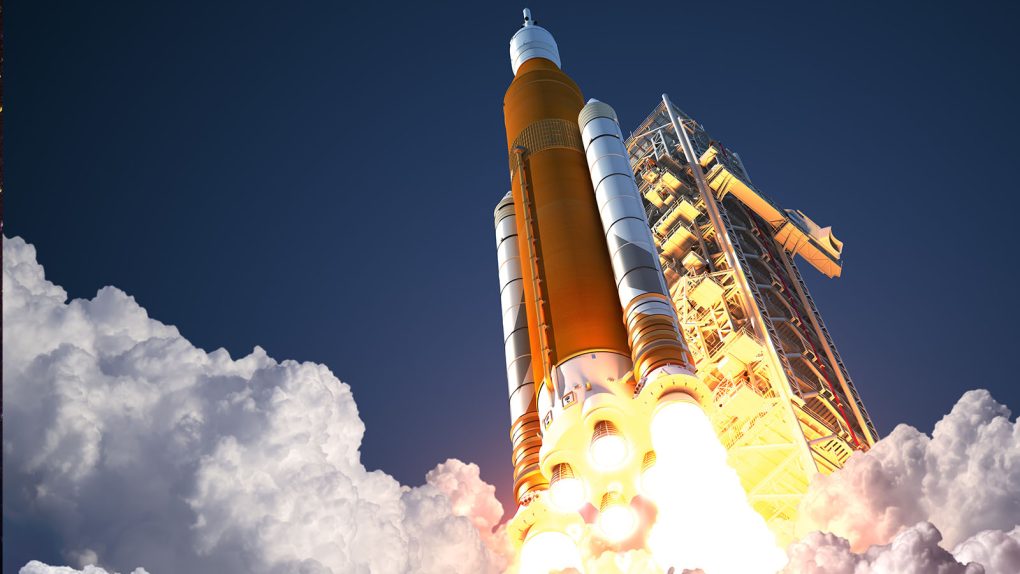- NASA’s first big test of the core stage of its Space Launch System rocket had to be cut dramatically short due to what was initially described as a “Major Component Failure.”
- Now, after examining both the hardware and the data related to the aborted test, NASA says that the shutdown of the test wasn’t related to any components failing after all.
- The space agency says that the test abort was triggered due to test parameters that were “intentionally conservative.”
When NASA tested its Space Launch System core stage this past weekend, the actual firing of the rocket stage only lasted a fraction of the time it was intended to. The test, which lasted just over a minute but was expected to persist for just over eight minutes, was aborted when the systems monitoring the engines and collecting data reported a “Major Component Failure.”
It wasn’t immediately clear what on the SLS core stage broke or failed, and it was noted by observers that the engines appeared to be firing normally when the alert was triggered. This left many scratching their heads and wondering what went wrong. Now we know.
In a new post published on NASA’s Artemis blog, the space agency explains that the test-firing went well, overall, and that it was only aborted due to parameters that were set prior to the testing. The parameters, which were “intentionally conservative” according to NASA, triggered the test abort when the reported values in the real-time data exceeded them.
NASA offers a high-level explanation of the parameters that resulted in the test abort:
These preprogrammed parameters are designed specifically for ground testing with the flight hardware that will fly NASA’s Artemis I mission to ensure the core stage’s thrust vector control system safely moves the engines. There is a thrust vector control (TVC) system that gimbals, or pivots, each engine, and there are two actuators that generate the forces to gimbal each engine. The actuators in the TVC system are powered by Core Stage Auxiliary Power Units (CAPU). As planned, the thrust vector control systems gimbaled the engines to simulate how they move to direct thrust during the rocket’s ascent.
During the test, the limits for a hydraulic system linked to Engine 2 returned a value that was out of range. Despite the engines functioning as intended, the system is designed to initiate a shutdown of the engines when any of these values are exceeded, and the automatic abort was triggered.
“Data analysis is continuing to help the team determine if a second hot fire test is required,” NASA writes. “The team can make slight adjustments to the thrust vector control parameters and prevent an automatic shut down if they decide to conduct another test with the core stage mounted in the B-2 stand.”








